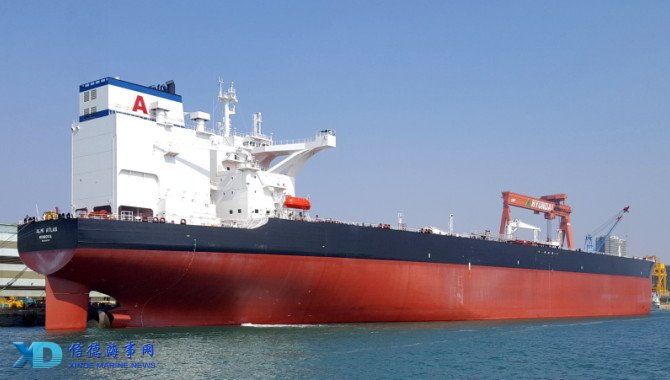
In readiness to comply with the International Maritime Organisation's upcoming 0.5 per cent sulphur cap in marine fuel, large shipowners are said to be holding regular talks with large refiners to have first dibs on fuel types and availability to ensure their bunkering arrangements are in place ahead of the January 2020 implementation date for the new IMO rule.
As for the smaller shipowners who have to count on traditional middlemen, they may choose to manage the transition period by opting to use marine gas oil, reported Lloyd's List.
Pacific International Lines (PIL) said earlier it will consider open-loop scrubbers for bigger, ocean-going vessels to satisfy its bunkering needs. Its plan is to run smaller ships on low-sulphur fuel oil (LSFO), in areas where compatible blends can be found, or to burn compliant marine gas oil.
Scrubber investments are justifiable for these ships insofar as high sulphur fuel oil will stay the most price competitive through to 2020 and beyond.
Consultancy 2020 Marine Energy's senior partner Adrian Tolson pointed out that by and large, the cost of installing scrubbers does not differ by ship sizes.
Ocean liners would count on shorter payback periods from scrubber investments made on larger ships, which he has loosely defined as tankers and bulkers of at least panamax size.
Ocean Consulting director Jason Chiang agrees. "It may not be economical to install scrubbers on box ships that are under 7,000 TEU," he said. "These are typically the class of ships that ply regional or coastal trades."
Alternatively, scrubber investments can still make sense for "small- to medium-sized ships if they ply routes where 'distressed high-sulphur fuel oil' is available," Mr Tolson said.
He also noted that since the second half of last year marine fuel buyers and sellers have been seeking to cement partnerships to help mitigate future risks in the marine fuel market.
"Smaller shipowners," he said are unlikely to get priority supply of very low sulphur fuel oil with integrated suppliers that have refining clout.
That said, no deal appears to have been firmed up as yet between "big refiners" and "big shipowners" because LSFO supply availability outside major ports remains uncertain and no one is inclined to commit on fuel prices at this juncture.
Argus Media analyst Sammy Six pointed out that since the beginning of 2019, Taiwan's CPC has emerged as the first large, state-owned refiner to have started publishing a daily basis price for all grades of the IMO-compliant LSFO it offers.
Argus Media and another leading price agency, Platts have also contributed to the price discovery process by offering LSFO price assessments. Beyond these price guidelines, smaller shipowners can still turn to intermediaries in the bunker trade for support.
Mr Tolson said these traditional middlemen - traders, blenders and physical suppliers - will continue to account for two-thirds of bunker lifted by ships through to post-2020.
However, given these shipowners are unlikely to get early dibs on available fuel types or specifications, they may well turn to one compliant fuel option that offers supply assurance ?marine gas oil (MGO).
PIL and other larger shipowners have also cited MGO as the back-up fuel option they will turn to for smaller ships on their fleet.
Taking all this into account, it is unsurprising that Singapore made the decision, as the top bunkering hub, to mandate the use of mass flow metres for MGO and distillates delivery as marine fuel from this July.
Source:HKSG Group
Please Contact Us at:
admin@xindemarine.com

